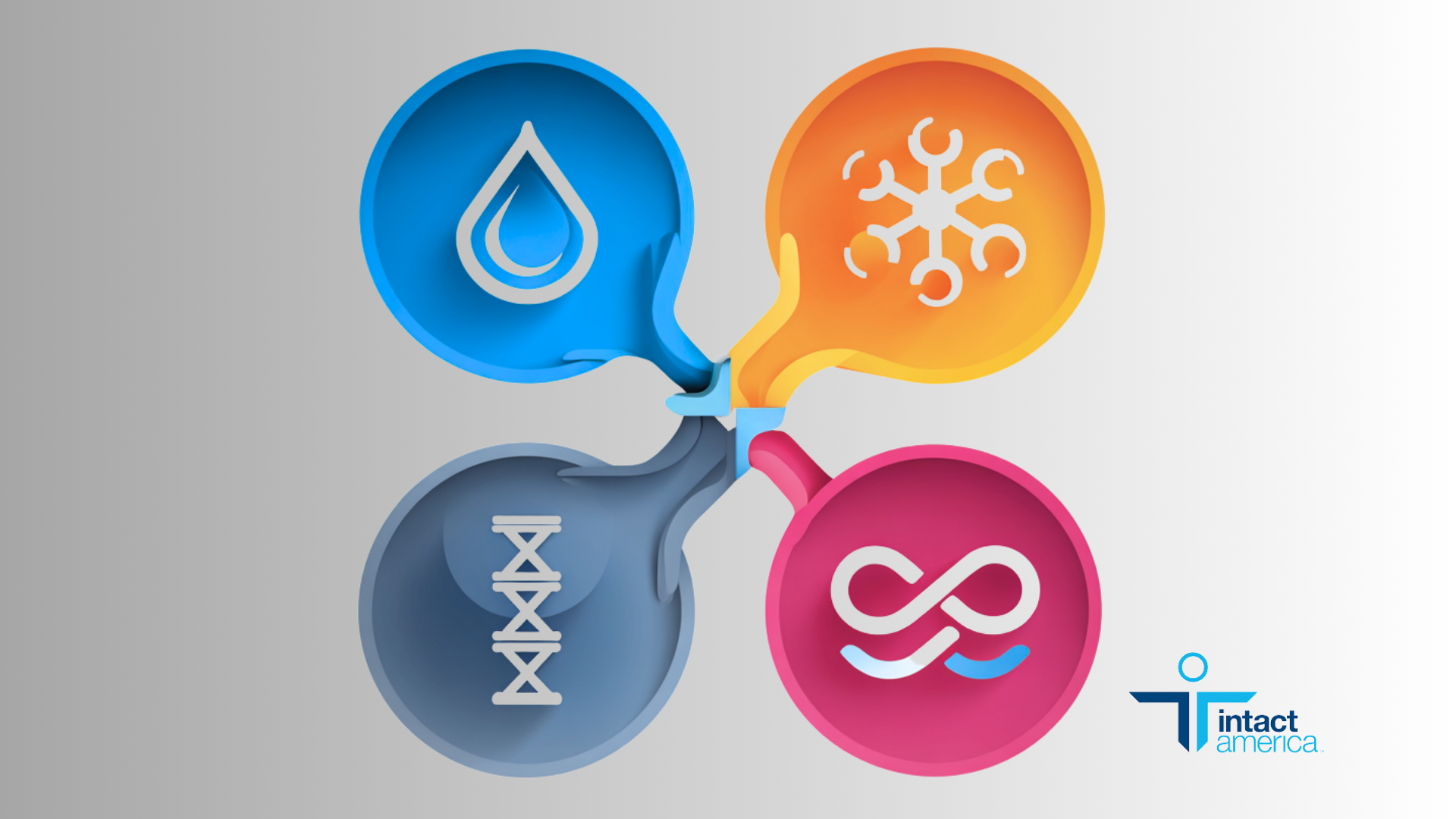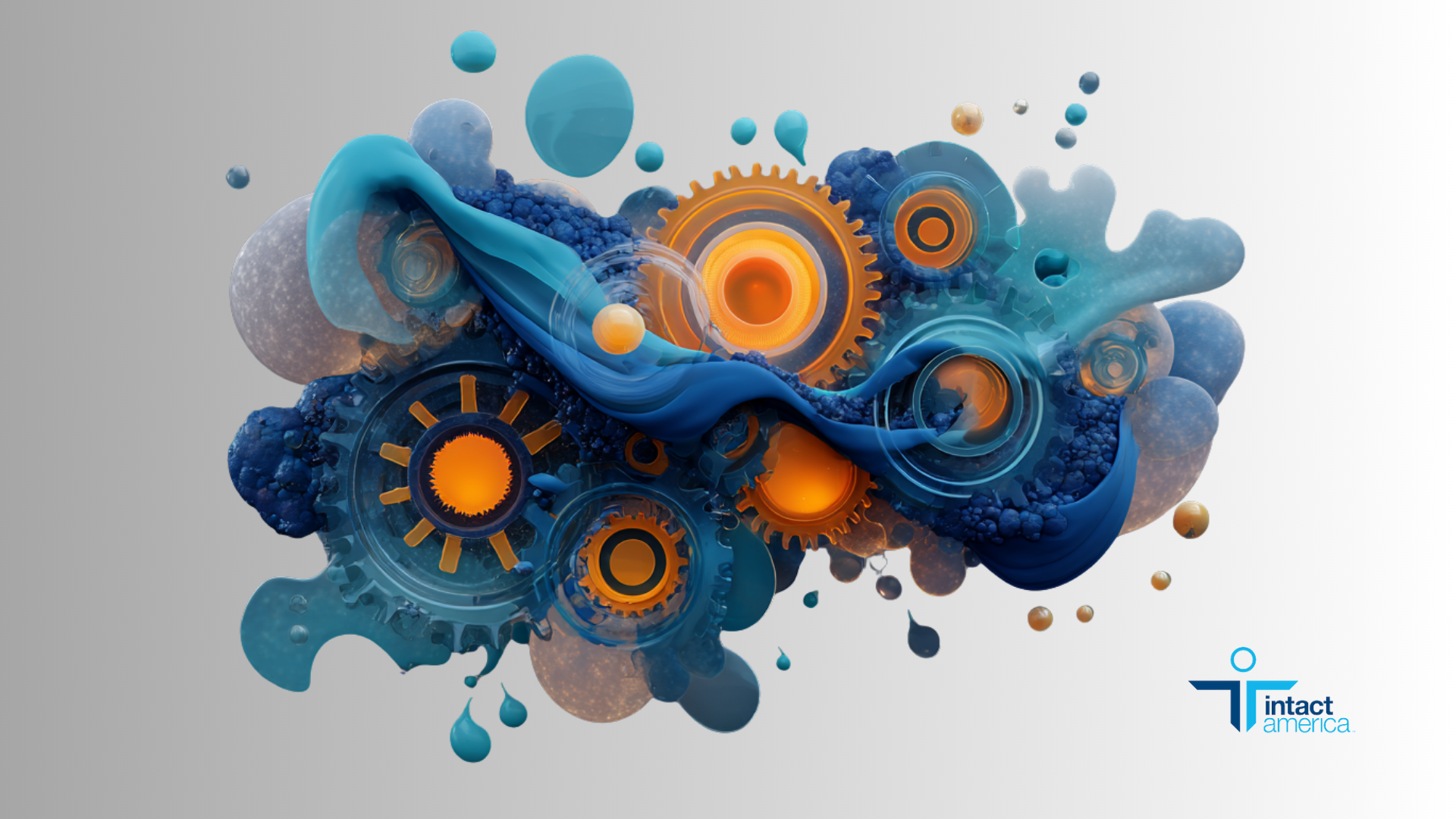
Understanding the Key Functions of the Penis
The functions of the penis go beyond the obvious. Most people recognize its role in urination and reproduction, but the penis has additional biological and sexual functions that play a crucial role in male and female health and pleasure. In fact, the male genitalia have evolved to maximize sexual function, sensitivity, and natural lubrication to increase the likelihood of successful reproduction.
But what are these lesser-known functions? Here are the four primary functions of the penis and why they matter.
1. The Penis as a Handy Tool for Urination Without Disrobing
The penis plays a vital role in urinary excretion, providing a precise conduit for the controlled release of urine. It allows for greater autonomy in positioning and directionality during urination, a feature that has been preserved across human evolution for its efficiency and adaptability.
2. The Penis as a Vehicle for Reproduction
At its core, the penis plays a vital role in fertilization. Since humans are mammals, and mammalian fertilization occurs deep inside the female body, a biological mechanism is required to deliver sperm efficiently. The penis serves as this vehicle. The erectile function of the penis enables penetration and sperm delivery, ensuring that sperm reaches the female reproductive system for possible conception.
3. Sexual Pleasure and Sensory Function of the Penis
Having the means to fertilize is not enough. In a dangerous world full of survival threats and challenges, something is needed to compel a male to fight for the opportunity to mate. The human penis is highly evolved with unique features to motivate mating.
To motivate reproductive success, the human penis is highly sensitive and contains thousands of specialized nerve endings, particularly located in the foreskin. The foreskin of the intact penis retains an estimated 20,000 light-touch nerve endings. These sensory cells, called Meissner corpuscles, play a significant role in sexual arousal, pleasure, and orgasm.
Uniquely, the skin of the penis is not anchored to the tissues below, allowing it to move freely. This natural, dynamic movement of the foreskin over the glans is crucial for full sensory stimulation, allowing for a more nuanced, responsive, and pleasurable experience.
Additionally, the foreskin protects the glans, ensuring that its delicate mucosal tissue remains sensitive. Without this protection, the glans becomes keratinized (hardened) with 12-20 layers of dead cells, reducing sensation over time. Many men who have undergone circumcision later in life report a significant loss of sensation, likening the experience to losing the ability to see in color after being used to full-spectrum “vision” while intact.
Thus, sexual pleasure is not an incidental byproduct—it is a critical biological function of the penis, designed to encourage reproduction. Limiting sexual pleasure (“lust”) was the very reason Victorian-era circumcision was introduced in America!
4. Partner Satisfaction and Friction Reduction
Beyond individual pleasure, the penis plays a role in partner satisfaction during intercourse.
Pre-ejaculate fluid retained within the foreskin enables gentle, friction-free insertion, ensuring a gentler experience for both partners. The foreskin’s natural mobility then acts as a gliding mechanism, reducing unnecessary friction and preventing vaginal dryness or irritation. The foreskin is “hugged” by the vaginal walls and seals in lubrication while the vaginal walls are pressed in and out. This “sleeve within a sleeve” function allows for smoother penetration while preserving natural lubrication. Women frequently report that sex with an intact partner feels more natural, intimate, and pleasurable due to these factors. Scientific studies and anecdotal evidence have demonstrated that intact men experience heightened sensitivity, contributing to more fulfilling sexual encounters for both partners.
The Impact of Circumcision on the Functions of the Penis
Many religious and Victorian-era medical advocates explicitly sought to reduce male sexual pleasure, fearing that sexual desire led to moral corruption.
Rabbi Moses Maimonides, a 12th-century scholar, stated:
“As regards circumcision, I think that one of its objects is to limit sexual intercourse, and to weaken the organ of generation as far as possible.”
Similarly, Victorian doctors promoted circumcision in America as a method to curb masturbation and “excessive lust.” To justify the practice, numerous unproven medical benefits were later attributed to circumcision—ALL of which have been debunked or heavily contested.
Today, medical research acknowledges that removing the foreskin can alter sexual function by:
- Greatly reducing or eliminating the contribution of pre-ejaculate
- Reducing natural sensitivity
- Eliminating the friction-reducing movement of the foreskin
- Increasing keratinization of the glans
While some argue that circumcision reduces infection risks, ordinary hygiene among intact males eliminates these concerns without permanently altering the natural functions of the penis. Circumcision also dramatically increases the likelihood of damage to the meatus, leading to infections and meatal stenosis.
Final Thoughts: Don’t Mess with Mother Nature
The functions of the penis are far more complex than most people realize. Beyond urination and reproduction, the penis serves critical roles in sexual pleasure and partner satisfaction.
The intact penis is designed to maximize sensitivity, natural lubrication, and overall function, ensuring that sex is both pleasurable and biologically efficient.
For millions of years, evolution has refined the design of the human penis to optimize its sensory and reproductive functions. Despite historical attempts to diminish male sexual pleasure, scientific evidence continues to support the importance of preserving the natural anatomy of the penis.
If human biology has spent thousands of generations perfecting the penis, perhaps it’s time we trust nature’s design.






kim westpfahl
November 2, 2025 10:55 pmA penis without a foreskin is nearly worthless